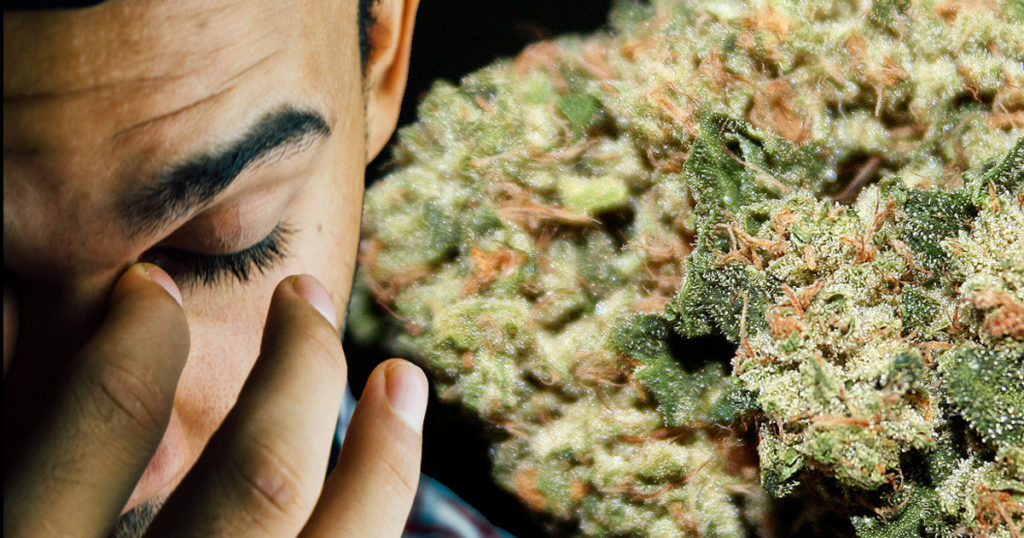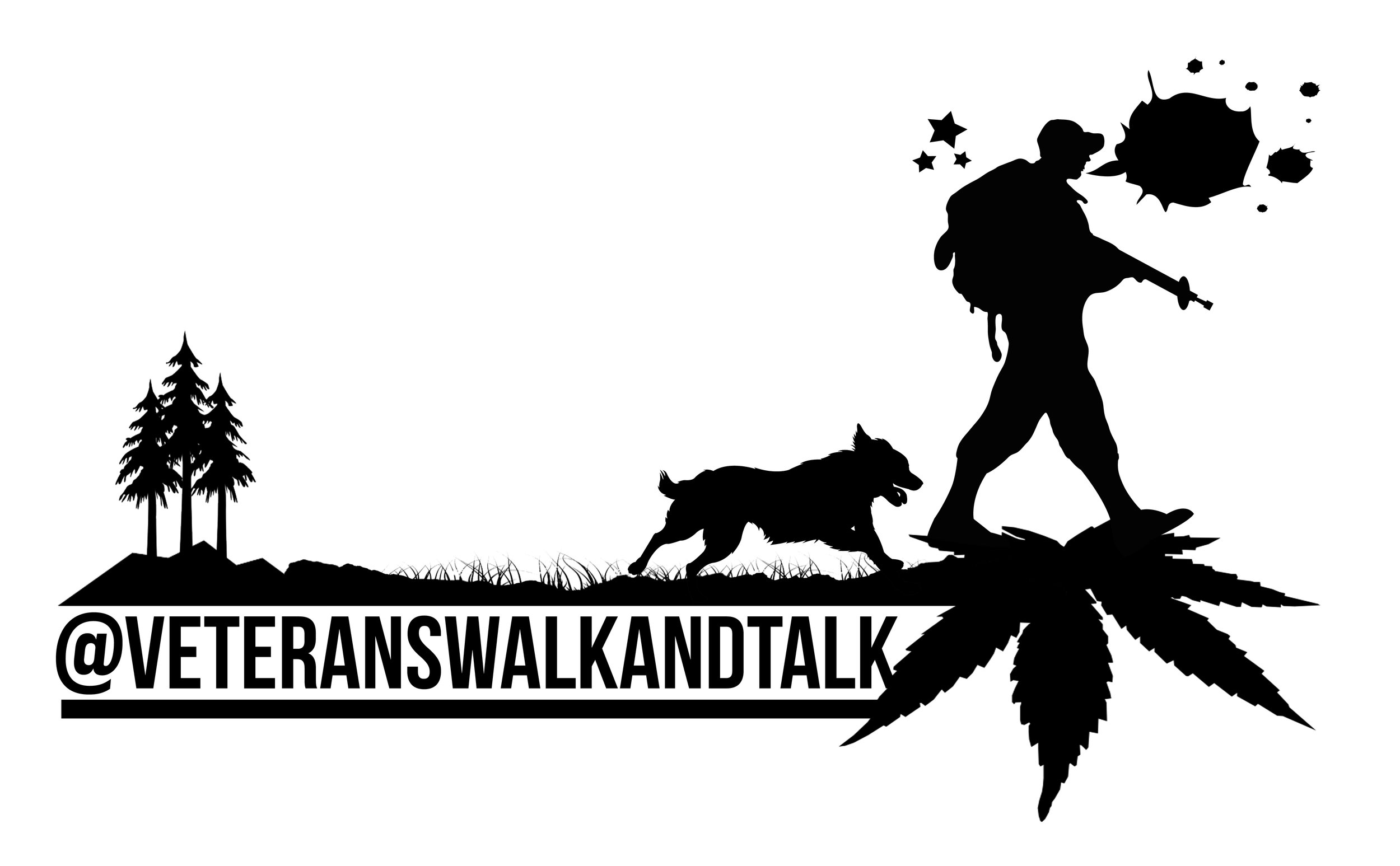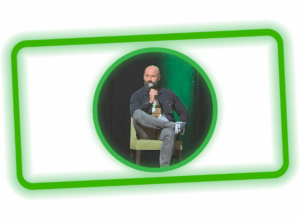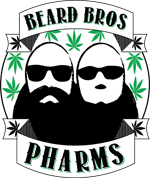
June is PTSD Awareness Month here in the U.S. with June 27th being National PTSD Awareness Day. Posttraumatic Stress Disorder, as its name implies, occurs when a person has gone through a trauma intense enough that they feared for their life and/or the lives of those around them, or witnessed a sudden loss of life near to them.
Extreme events like combat during war, car accidents, and natural disasters commonly contribute to the growing number of PTSD diagnoses nationwide, but even more common occurrences like sexual assault or just a wild life in the streets can trigger this debilitating state.

It is said that 70% of adults in the U.S. – or over 223 million people – have experienced some form of traumatic event in their lifetime. Up to 20% of them would go on to develop the symptoms of PTSD. That means roughly 44 million people in this country at any given time are either dealing with the effects of PTSD, or have at some point in their lives.
Right now, an estimated 24.4 million American adults are fighting against PTSD. That is equal to every man, woman, and child in the state of Texas, or a full 8% of our nation’s population.
The annual cost to society of anxiety disorders like PTSD is estimated to be over $42.3 billion, most often due to misdiagnosis and under treatment.
It was not until 1980 that the American Psychiatric Association added PTSD to its Diagnostic and Statistical Manual of Mental Disorders, formally recognizing the disorder and opening the door for legit research into how to combat it. That is less than 40 years of research so far and as a result, the most commonly prescribed medicine for those going through it continue to be dangerous concoctions of synthetic antidepressants and benzodiazepines.
If there is any light to shine out from these terrible statistics it is that there are natural treatment options available and the disorder does not have to be a permanent affliction.
Some of the most common symptoms dragging down the typical PTSD sufferer include (but are not limited to): Insomnia, severe anxiety, fear, lack of appetite, anger issues, irritability, flashbacks, depression, or general sadness. By some cosmic coincidence, cannabis just so happens to alleviate or eliminate most if not all of those ailments.
So, is cannabis “the cure” for PTSD?
In a word, no.
Is cannabis a worthwhile and effective supplement on your path to better mental wellbeing and a post-PTSD way of life? We think so, and here’s why.
SCIENCE, B*TCHES
The two most abundant cannabinoids in the cannabis plant, CBD and THC, play essential roles in improving the endocannabinoid system’s functionality and balance by activating key CB1 and CB2 receptors located throughout this multitasking system found inside each and every one of us.
A full-spectrum flood of these natural cannabinoids could induce the production of new neurotransmitters that promote happiness, pleasure, and improve memory retrieval. . . or consolidation.
You see, in cases of PTSD, cannabis has been shown to effectively bury traumatic memories in a synaptic haze, preventing the (often unwanted) retrieval of those consequential moments from one’s past.
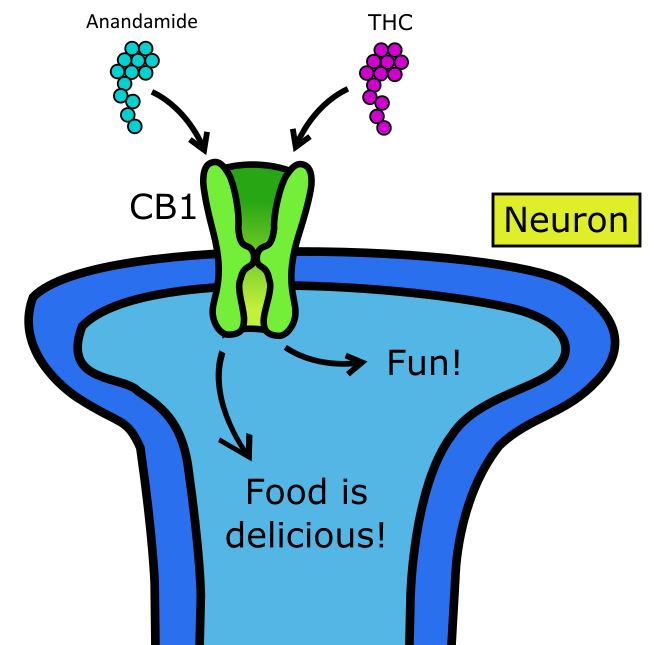
A study done at NYU revealed that people going through PTSD showed significantly lower levels of a neurotransmitter called anandamide, a natural cannabinoid produced not in the cannabis plant, but from within our own bodies. These naturally occurring anandamides serve as our own internal dose of antidepressant by instructing the CB1 receptors to “turn off” traumatic memories. If you are deficient in anandamides, your body doesn’t get the message and instead, your mind is ravaged with dark, crippling thoughts.
By supplementing that deficiency with compatible plant-based cannabinoids (ie. getting baked), patients report experiencing deeper, more fulfilling sleep, free from the night sweats, nightmares, and general tension and anxiety that are often associated with PTSD.
There is a saying that “All marijuana is medical marijuana” and there is some truth to that because the fact is, even without this research and science to back up the efficacy of cannabis in PTSD treatment, if all it did was make you find some humor in your day or make food go down a little easier, it would be worth the effort of adding it to your treatment plan.
VETERANS TAKE POINT. . . AGAIN
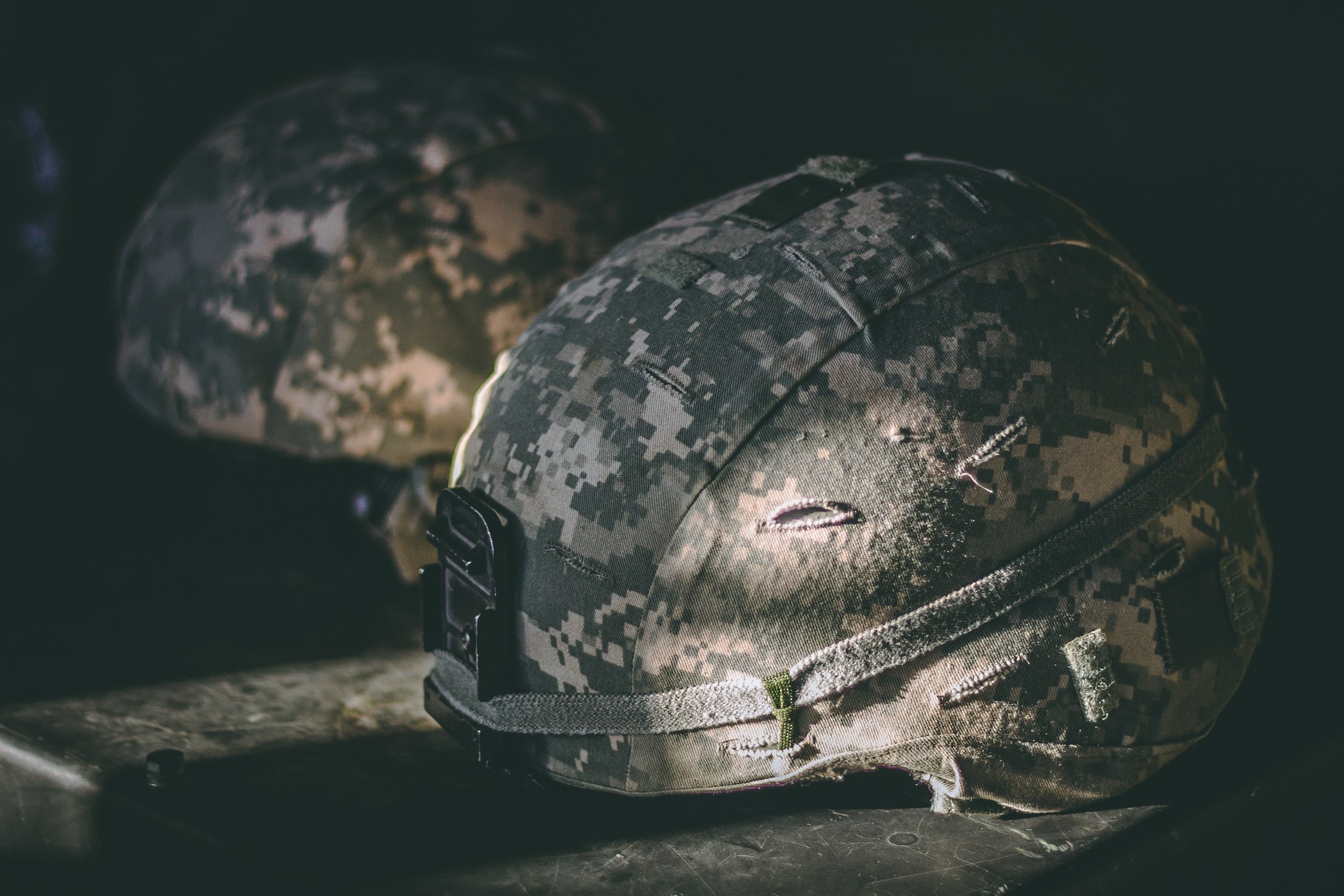
Active duty servicemembers and military veterans are significantly more likely to experience PTSD than their civilian counterparts but ongoing federal prohibition of the cannabis plant continues to prevent safe and legal access to medical marijuana by those who could benefit the most from it.
We stand proudly behind efforts by cannabis friendly veteran advocacy groups like Veterans Cannabis Coalition, Battle Brothers, Santa Cruz Veterans Alliance, Weed for Warriors, and more, from grassroots level compassion programs to care for their fellow veterans in need, to political lobbying at the highest levels of our national government.
Despite their own internal battles with PTSD or other ailments, these warriors have a new mission and we are so thankful that they are on our side in this battle.
We also anxiously await pending results from a near-decade-long study on 76 volunteer military vets who have completed the clinical trial phase for an in-depth study on how cannabis use can affect PTSD symptoms conducted by the Multidisciplinary Association for Psychedelic Studies (MAPS).
According to MAPS, this study was funded with a $2.1 million grant from the Colorado Department of Public Health and Environment and “was conducted with approval and oversight from the U.S. Food and Drug Administration (FDA), Drug Enforcement Administration (DEA), and the National Institute on Drug Abuse (NIDA).” The results are due any day now (June 2019) and should shed an undeniable amount of light on how beneficial this healing plant can be in these cases. Given the bona fides we just listed, this will be more powerful data for our frontline vets to shine back on the federal government and an intractable Department of Veterans Affairs (VA) that so far has refused to come around on cannabis.
We all know that over 20 military veterans end their lives by suicide every damn day in this country. The causes behind these senseless deaths are many, but one all too common denominator is the prevalence of PTSD in the victim. This crisis is being exacerbated by the flood of prescription medication that the VA has fallen back on as its go-to solution so far. Archaic forms of psychiatric treatment are being combined with cocktails of drugs like Ambien, Prozac, Effexor, and any number of opioid based painkillers – each with their own conflicting and highly dangerous side effects.
Cannabis can not only effectively replace many of these synthetic drugs, but it can also replace emotion and humanity once stripped out of people who were merely masking the problem instead of addressing it at its roots.
WALK & TALK
So, with all of those positive aspects of how cannabis can help to treat PTSD, why then do I say that it is not “the cure”? Regardless of whether you choose to use cannabis now and for the rest of your life, or if you choose to strictly use it as part of a treatment plan, PTSD can be temporary, it can be “cured”, and cannabis can play a leading role in that process.
But equally important, in my research and in my own experience with a pretty rough case of PTSD that I still deal with to this day, the human element is just as crucial in the healing process. For me, my wife and kids and a tightknit core group of friends (and a giant bag of kush lol) are absolutely the difference between my light side and my dark side.
Having someone to listen when I am at my most vulnerable is as medicinal as any plant or pill.
This is why Bill, Jeff, and I support so many veterans groups like Veterans Walk & Talk. These groups provide opportunities for PTSD-prone vets to socialize with one another, to share their experiences over some smoke, and to quite literally hash out the deep rooted issues that would otherwise eat at them if left alone to metastasize into something darker.
None of the three of us are military veterans, but speaking for myself. . . I’ve seen some shit. I’ve checked out and checked back in to this world a few times now and the scars from those experiences are not all visible on the outside, but they’re there.
For me, PTSD is one of a handful of issues that I treat with cannabis. I look forward to the day that I can say I am “cured”, and I have no doubt that this plant has me on that path.
==========
As always, we must suggest that you consult with a medical health professional for matters as serious as this. Also, since cannabis is still federally prohibited, the most dangerous aspect of using it is getting caught using it. If you are a military vet, or government employee, etc. self-medicating with cannabis can have negative consequences on your healthcare or retirement benefits, and could even cost you your job or housing. Weed ain’t truly legal yet, but we’re working on it!
If you need help right away:
800-950-NAMI
info@nami.org
M-F, 10 AM – 6 PM ET
OR TEXT “NAMI” TO 741741
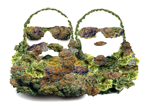
This article is part of our ongoing educational series covering the truth surrounding the many questions surrounding the benefits of cannabis. You can read about more topics at the links below:
CANNABIS & MENOPAUSE: https://www.beardbrospharms.com/news/2018/11/29/facts-vs-fiction-can-cannabis-use-help-ease-the-symptoms-of-menopause
CANNABIS SUPPOSITORIES: https://www.beardbrospharms.com/news/2018/9/28/why-medical-marijuana-patients-should-consider-cannabis-suppositories
CANNABIS EDIBLES: https://www.beardbrospharms.com/news/2018/9/24/facts-v-fiction-can-i-overdose-on-cannabis-edibles
CANNABIS & BREAST CANCER: https://www.beardbrospharms.com/news/2018/10/10/facts-vs-fiction-does-cannabis-cure-breast-cancer
CANNABIS HYPEREMESIS SYNDROME: https://www.beardbrospharms.com/news/2019/1/4/is-chs-caused-by-neem-oil
Cannabis. Education. News.
Beard Bros. Pharms
Keep updated on all the latest news and updates in the Cannabis industry here at Beard Bros Pharms by signing for our Friday Sesh Newsletter here. Always Dank and Never Spam!



